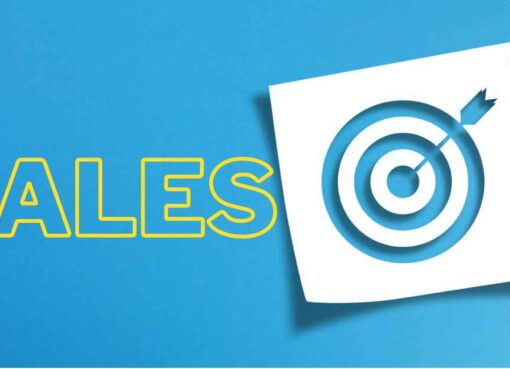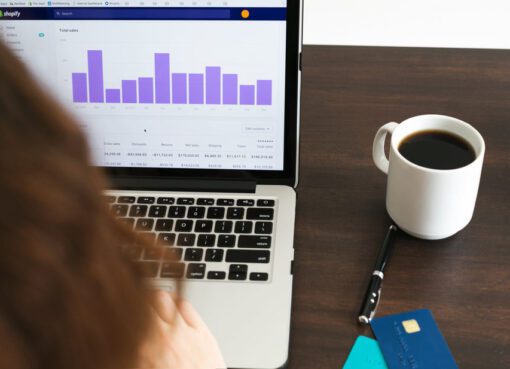Power BI, a powerful business intelligence tool, offers exceptional capabilities for HR data analysis. Discover how this tool empowers HR professionals to uncover valuable insights and drive impactful workforce strategies.
In today’s data-driven world, HR departments face the challenge of effectively analyzing and interpreting vast amounts of data to make informed decisions. This is where Power BI, a powerful business intelligence tool, comes into play. By harnessing its capabilities, HR professionals can unlock a wealth of insights and drive strategic decision-making.
Power BI, developed by Microsoft and launched as an independent product in July 2015, is a cutting-edge data analytics and visualization platform designed to assist organizations in effectively managing their data through a user-friendly and modern dashboard. The acronym ‘BI’ in Power BI stands for Business Intelligence, a comprehensive concept encompassing strategies, processes, and technologies employed by organizations to facilitate data-driven decision-making.
[media-credit id=”1″ align=”none” width=”414″]

In this article, we will explore the top 10 benefits of using Power BI for HR data analysis:
Contents
- 0.1 Predictive Analytics
- 0.2 Data-driven Recruitment and Selection
- 0.3 Employee Engagement Analysis
- 0.4 Compliance and Regulatory Reporting
- 0.5 Succession Planning and Talent Development
- 0.6 Workforce Analytics
- 0.7 HR Budgeting and Cost Analysis
- 0.8 Employee Performance Management
- 0.9 Benchmarking and Comparative Analysis
- 0.10 Real-time Alerts and Notifications
- 1 Conclusion:
Predictive Analytics
Power BI allows HR professionals to leverage predictive analytics to forecast future trends and outcomes. By applying advanced algorithms and machine learning models to HR data, organizations can make data-driven predictions related to employee performance, attrition rates, training needs, and more.
Data-driven Recruitment and Selection
Power BI can assist in optimizing the recruitment and selection process by analyzing historical hiring data and identifying patterns of successful candidates. HR teams can use this information to refine job descriptions, target suitable candidates, and improve the overall quality of hires.
Employee Engagement Analysis
Power BI helps measure and analyze employee engagement levels through surveys, pulse checks, and feedback mechanisms. By visualizing engagement data, HR professionals can identify areas of improvement, track the impact of engagement initiatives, and take proactive steps to boost employee satisfaction and productivity.
Compliance and Regulatory Reporting
HR departments must comply with various regulations and reporting requirements. Power BI simplifies compliance by enabling efficient tracking and reporting of HR data related to diversity, equal opportunity, workforce demographics, and more. This ensures accurate and timely submissions while reducing manual effort.
Succession Planning and Talent Development
Power BI facilitates effective succession planning by providing comprehensive insights into employee performance, potential, and career development. HR professionals can identify high-potential employees, assess skill gaps, and design targeted development programs to nurture talent and ensure a smooth leadership transition.
Workforce Analytics
Power BI enables HR professionals to analyze workforce demographics, such as age, gender, education, and experience levels. This information can be used to identify skill shortages, diversity gaps, and opportunities for training and development initiatives.
HR Budgeting and Cost Analysis
Power BI helps HR departments optimize their budget allocation and control costs by providing a detailed analysis of HR-related expenses. It allows HR professionals to track spending on recruitment, training, benefits, and compensation, enabling better financial planning and resource allocation.
Employee Performance Management
Power BI enables the analysis of key performance indicators (KPIs) and metrics related to individual and team performance. HR professionals can gain insights into performance trends, identify top performers, and implement performance improvement initiatives based on data-driven evaluations.
Benchmarking and Comparative Analysis
Power BI enables HR departments to benchmark their organization’s HR metrics against industry standards and competitors. This analysis helps identify areas of strength and improvement, highlighting opportunities for HR strategy alignment and enhancing overall organizational performance.
Real-time Alerts and Notifications
Power BI allows HR professionals to set up customized alerts and notifications based on specific HR metrics and thresholds. This ensures timely awareness of critical events such as employee attrition spikes, training completion rates, or compliance violations, enabling proactive intervention and prompt decision-making.
Conclusion:
Power BI revolutionizes HR data analysis by providing a powerful platform for visualizing, analyzing, and sharing data-driven insights. By leveraging its benefits, HR professionals can make informed decisions, drive strategic initiatives, and optimize their workforce management processes. Embracing Power BI empowers HR departments to unlock the true potential of their data and gain a competitive advantage in today’s dynamic business environment.
By harnessing the power of Power BI, HR departments can transform their data into actionable insights, enhance decision-making, and drive strategic HR initiatives that positively impact the organization as a whole. Embrace data-driven HR analytics and elevate your HR practices to the next level with Power BI.
We have a firm belief that every organization has a unique purpose only they can fulfil in this world. We work with you in organizing your resources to exploit opportunities so that you can fulfil your purpose and realize full potential. We build the capacity of people, processes and systems for organizational success and growth as well as nurturing a thriving ecosystem.
Ready to enhance your skills and boost your career? Explore our corporate training programs now and start your journey to success.








Comment here